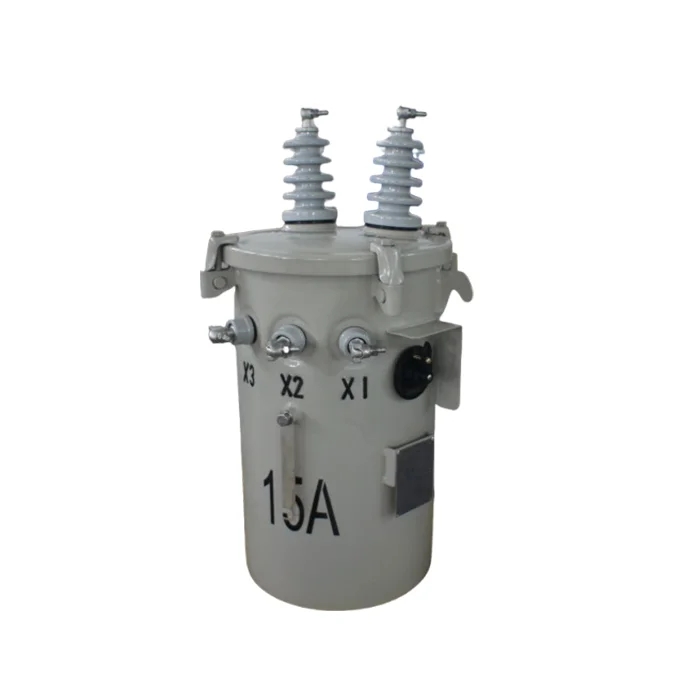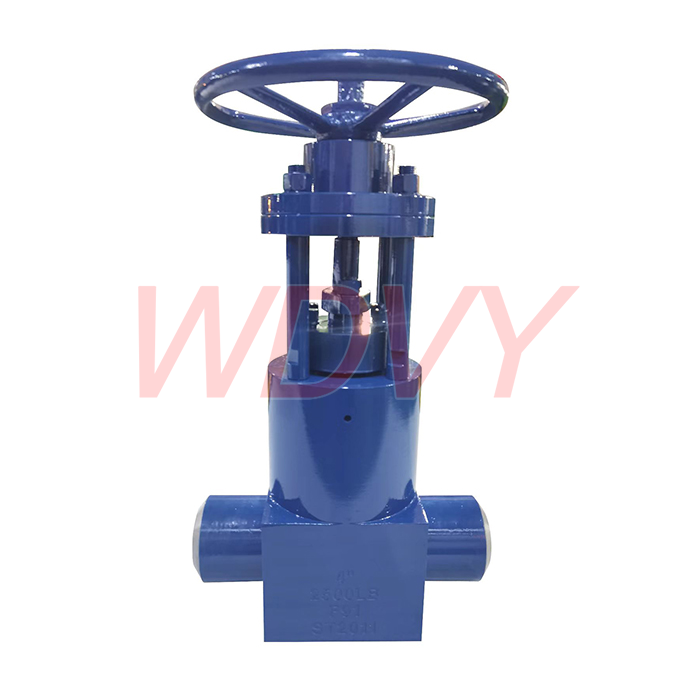Fixer chemicals play a crucial role in the development of photographs, but their disposal requires careful consideration due to their potential environmental impact. In this blog post, we will explore the various methods and best practices for disposing of fixer chemicals in an environmentally friendly and responsible manner.
- Understanding Fixer Chemicals:
Before delving into disposal methods, it is essential to understand the nature of fixer chemicals. Fixers, such as sodium thiosulfate, are used to remove unexposed silver halides from photographic prints or films. These chemicals contain silver and other potentially harmful substances, making proper disposal crucial. - Reuse and Recycling:
One effective method for disposing of fixer chemicals is to explore opportunities for reuse and recycling. Fixer solutions can be regenerated through a process called electrolytic silver recovery, which separates the silver from the solution. The recovered silver can then be reused, while the remaining solution can be safely disposed of following local regulations. - Chemical Neutralization:
Another approach to disposing of fixer chemicals is through chemical neutralization. This method involves adding a neutralizing agent, such as sodium carbonate or sodium bicarbonate, to the fixer solution. The neutralizing agent reacts with the fixer chemicals, rendering them less harmful. However, it is crucial to follow proper safety protocols and local regulations when neutralizing fixer chemicals. - Precipitation and Sedimentation:
Precipitation and sedimentation can be used to remove silver from fixer solutions. By adding a precipitating agent, such as ferric chloride or calcium hydroxide, to the fixer solution, the silver ions form insoluble compounds that settle at the bottom. The remaining solution can then be safely disposed of, while the precipitated silver can be collected and recycled. - Professional Disposal Services:
For individuals or businesses with large quantities of fixer chemicals, utilizing professional disposal services is highly recommended. These services specialize in handling hazardous waste and ensure compliance with local regulations. They have the expertise and resources to safely collect, transport, and dispose of fixer chemicals in an environmentally responsible manner.
Conclusion:
Proper disposal of fixer chemicals is essential to minimize their environmental impact. By considering methods such as reuse and recycling, chemical neutralization, precipitation and sedimentation, or utilizing professional disposal services, individuals and businesses can ensure that fixer chemicals are disposed of safely and responsibly. Remember to always follow local regulations and consult with experts when unsure about the appropriate disposal methods for fixer chemicals.




